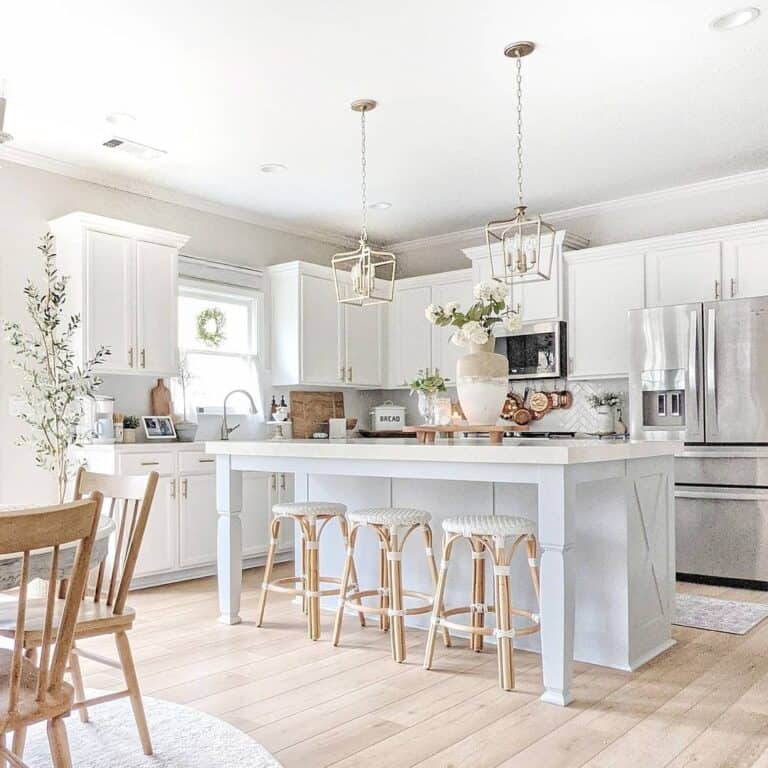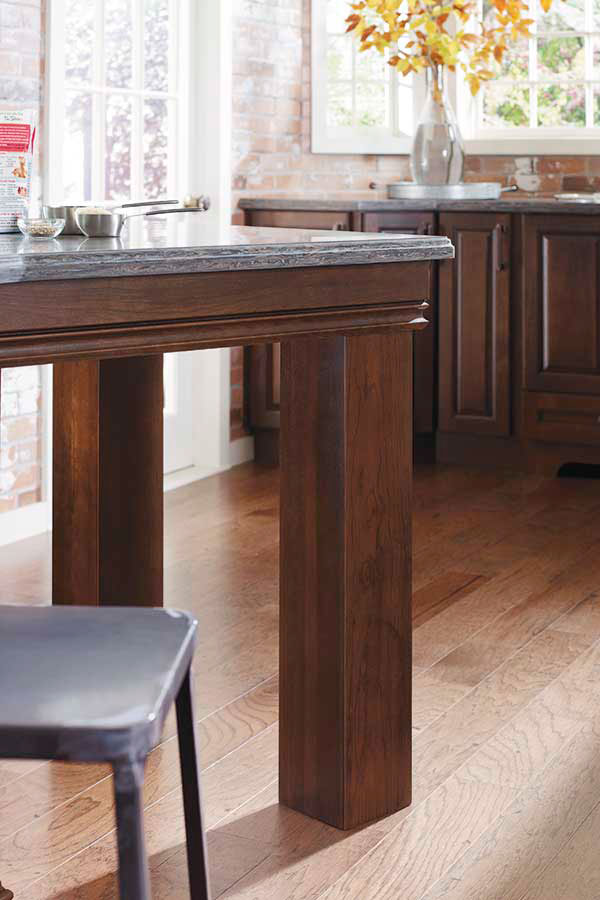Achieve the Perfect Equilibrium of Type and Function with Legs For Kitchen Island
Achieve the Perfect Equilibrium of Type and Function with Legs For Kitchen Island
Blog Article
A Guide to Choosing the Perfect Legs For Kitchen Area Island for Your Home
Choosing the excellent legs for your cooking area island is a nuanced choice that impacts both the capability and aesthetic charm of this main area. Elements such as elevation, materials, and style play an essential duty in harmonizing your island with the total kitchen area design. Additionally, comprehending the importance of security and upkeep can substantially affect your selection. As you think about these elements, it ends up being noticeable that the appropriate legs can change not only the appearance of your cooking area yet additionally its functionality for many years ahead. What particular features should you prioritize in this selection process?

Comprehending Kitchen Area Island Legs
When choosing legs for a cooking area island, it's vital to comprehend their aesthetic and functional roles in the total design. The legs work as an essential support group, guaranteeing security and longevity for the island, which typically works as a work area, dining location, or collecting area. For that reason, the choice of material and construction strategy should be durable sufficient to stand up to day-to-day usage and potential wear.
In addition to their structural obligations, legs add substantially to the island's aesthetic appeal. They can enhance the cooking area's design, whether with standard, modern, or eclectic layouts. The elevation and proportion of the legs are additionally crucial considerations; they must harmonize with the island's countertop elevation while making certain comfortable seating for those using the area.
In addition, the leg layout can affect the total flow of the cooking area. Open, ventilated leg designs can produce a sense of lightness, while strong, substantial legs might convey a much more based and stable aesthetic - Legs For Kitchen Island. Recognizing these aesthetic and functional elements will certainly assist house owners in making informed selections that enhance their kitchen's style and boost its usability
Popular Styles and Materials
The choice of legs for a cooking area island includes a selection of prominent styles and materials, each offering distinct features that can boost both capability and aesthetics. Among the most popular styles are contemporary, rustic, and traditional. Contemporary legs frequently include smooth, minimalist styles that emphasize simpleness and clean lines, making them ideal for modern-day kitchen areas. Rustic designs, on the various other hand, embrace natural environments and often showcase redeemed wood or troubled finishes, including heat and beauty to the area. Conventional legs generally show luxuriant details and workmanship, boosting traditional kitchen area designs.

Elevation and Stability Considerations

Security is another essential consideration. The legs of the kitchen area island ought to give adequate support, ensuring that the structure can withstand day-to-day usage without wobbling or changing. Material option plays a substantial duty in stability; metal legs, for example, often tend to supply higher toughness contrasted to wood. Additionally, making sure that the island is firmly secured to the flooring or wall surface can boost security, specifically for larger islands that might birth considerable weight.
Matching Your Cooking Area Visual
Choosing the ideal legs for your kitchen area island surpasses performance; it also plays a considerable role in the total visual of the space. When choosing legs, take into consideration the design style of your kitchen area. For a contemporary appearance, smooth metal or minimal designs can create a clean, modern-day ambiance. On the other hand, standard or rustic kitchens frequently benefit from wood legs with elaborate describing or a distressed coating, boosting heat and character.
Color is another critical variable. Legs that complement or contrast with your island's surface area and surrounding cabinetry can create visual harmony or striking focal factors. Combining dark timber legs with a Continued light marble counter top can include depth and passion. Additionally, consider the coating of the legs; matte, glossy, or distinctive finishes can substantially influence the overall feeling of the kitchen.
Setup and Maintenance Tips
Mounting kitchen area island legs requires careful interest to information to make sure both security and find more info aesthetic allure. Begin by selecting an ideal area for your island, guaranteeing it is degree and has ample room for activity. If you are affixing the legs to a wall surface or making use of braces for added support, make use of a stud finder to situate wall studs. Mark the positioning of the legs accurately before drilling.
When safeguarding the legs, make use of premium screws and, if needed, timber adhesive for added stamina. For metal legs, make sure that you are using proper supports and tools to stop damage to your floor covering. It is advisable to look for levelness after installation, making changes as required to avoid wobbling.
Upkeep is equally crucial for longevity - Legs For Kitchen Island. Routinely examine the legs for any signs of wear or helping to loosen, specifically in high-traffic areas. Tidy the legs with an appropriate cleaner, preventing abrasive products that may scratch the surface area. For wooden legs, take into consideration using a wood conditioner regularly to keep their finish. By following these installment and maintenance suggestions, you can ensure that your cooking area island legs continue to be both practical and visually attractive.
Verdict
In final thought, choosing the suitable legs for a cooking area island requires mindful factor to consider of elevation, stability, and aesthetic compatibility. Inevitably, thoughtful leg choice plays a critical duty in elevating both the functionality and design of the kitchen space.
When choosing legs for a kitchen area island, it's important to recognize their functional and aesthetic duties in the overall style. Open, ventilated leg styles can produce a feeling of agility, while strong, considerable legs may convey a more grounded and stable aesthetic. The legs of the kitchen area island should supply adequate support, making certain that the structure can endure everyday use without tottering or changing.Setting up kitchen island legs calls for cautious interest to detail to ensure both security and visual allure.In final thought, selecting the ideal legs for a kitchen island necessitates cautious consideration of elevation, security, and aesthetic compatibility.
Report this page